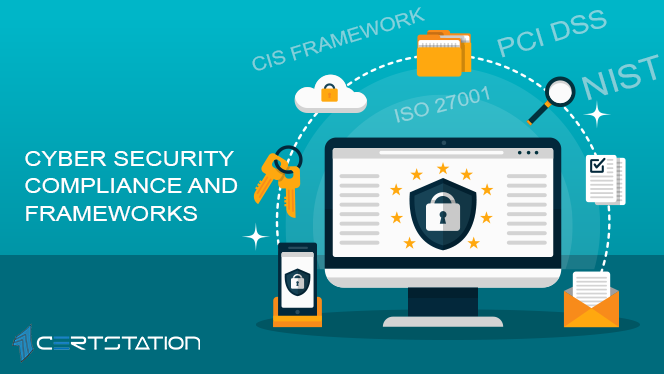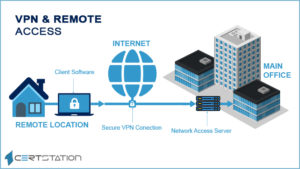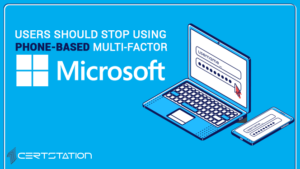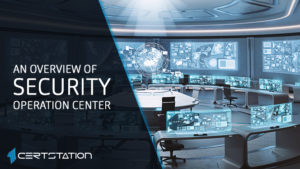
What is Cybersecurity Compliance?
With a meteoric rise in the number of cyberattacks across the globe, organizations and governments seek to impose cybersecurity by setting up more rigorous compliance requirements. Nevertheless, cybersecurity risk often overshadows compliance requirements. So, to prepare for varying compliance needs, organizations ought to focus more on ensuring cybersecurity so that they can stay ahead of the developing requirements.
Security compliance is generally defined as creating a program that establishes risk-based controls to defend the integrity, privacy, and accessibility of information stowed, processed, or shifted. But cybersecurity compliance is not based in an unrelated standard or parameter. Depending on the industry, different standards may bleed into each other, which can lead to misunderstanding and surplus work for organizations using a checklist-based method.
What is cybersecurity compliance framework?
Attaining compliance within a regulatory framework is a continuing process. Since the environment is continuously changing, and the operating efficiency of a control may collapse, consistent monitoring and reporting is mandatory, and guidance on precisely what consistent monitoring involves is also delineated within each framework.
Cybersecurity compliance framework is a set of rules and best practices that organizations need to follow to meet regulatory needs, boost procedures, reinforce security, and realize other business goals, including becoming a public firm, or selling cloud solutions to government institutions.
These frameworks offer standards that are leveraged by internal auditors and other internal shareholders to assess the controls in place within their own organization; outside auditors to appraise and attest to the controls in place within aa company; or potential customers or investors to assess the possible risks of affiliating with an organization.
There are several cybersecurity compliance frameworks available, including Consortium for IT Software Quality (CISQ); Control Objectives for Information Related Technology (COBIT); Federal Risk and Authorization Management Program (FedRAMP); National Institute of Standards and Technology (NIST); and Privacy Shield.
5 Steps to Creating a Cybersecurity Compliance Program
- 1. Establish a Compliance Team
One cannot deny the importance of compliance team even in small- and medium-sized businesses. Cybersecurity is not a stand-along thing. As companies continue to move their company’s critical operations to the cloud, they should produce an interconnected workflow and communicate across business and IT departments.
- Create a Risk Analysis
Companies, large and small, need to engage in the risk analysis procedure, as more standards and protocols focus on taking a risk-based method to compliance.
Recognize
Recognize all information assets and information systems, networks, and data that they evaluate.
Evaluate risk
Analyze the risk level of each data type. Find out where high-risk information is kept, conveyed, and gathered and rate the risk of those sites accordingly.
Assess risk
After evaluating risk, you need to examine risk. Conventionally, companies use the following formula:
Risk = (Likelihood of Breach x Effect)/Cost
Set risk tolerance
After examining the risk, you need to ascertain whether to transfer, turn down, accept, or alleviate the risk.
- Set Controls
Your risk tolerance tells you it’s time you found out how to alleviate or transfer risk. Controls can include:
- Firewalls
- Encryption
- Password policies
- Vendor risk management program
- Employee training
- Insurance
- Formulate Policies
Policies chronicle your compliance activities and controls, and act as the basis for any internal or external audits needed.
- Constantly Supervise and Respond
All compliance needs focus on the method in which threats develop. Digital actors and hackers unceasingly work to discover new ways to acquire data. Instead of working to find new susceptibilities, called Zero Day Attacks, these unscrupulous elements prefer to revise current approaches. For instance, they may integrate two different types of known ransomware programs to produce a new one.
Constant overseeing only finds new threats. The most important thing for a compliance program is to respond to these fears before they result in a data breach. Without responding to a recognized threat, the supervising leaves you open to neglect arising from dearth of security.
Top 4 cybersecurity frameworks
A number of companies must abide by a combination of state-authorized, industry-specific, and global cybersecurity protocols. The challenge for an organization working nationally, or even globally, is significant.
Here are some highly popular cybersecurity frameworks.
- PCI DSS
This cybersecurity framework is used by 47pc of organizations. The PCI DSS (Payment Card Industry Data Security Standard) administers the way credit and debit card information is dealt with.
The standard applies to any company, irrespective of size or number of transactions, that accepts, stores, conveys or processes cardholder data. Organizations that stick to its requirements are in better positioned to detect flaws that could be uncovered by cybercriminals or lead to internal data breaks, thus securing customers from demanding situations and organizations from uncomfortable or expensive security incidents.
- ISO 27001
ISO 27001, which is used by 35pc of organizations, is the global standard that defines best practice for executing an information security management system (ISMS).
Achieving qualified certification to ISO 27001 proves that your company is pursuing information security best practice, and brings an autonomous, professional assessment of whether your data is sufficiently secured.
- CIS Critical Security Controls
The CIS Critical Security Controls are a set of 20 actions intended to alleviate the risk of the majority of common cyber-attacks; these are used by 32pc of organizations.
The controls were developed by a group of volunteer specialists from a variety of fields, including cyber experts, advisors, researchers, and auditors.
- NIST Framework for Improving Critical Infrastructure Security
The National Institute of Standards Technology (NIST) framework is used by 29pc of organizations around the world. This is a voluntary framework mainly designed for complex organizations to manage and allay cybersecurity risk based on current standards, rules, and practices.
Conclusion
In the presence of so many well-known and established frameworks, the best option is to select the most suitable framework or frameworks available that meet your needs and other demands of your business environment.
As compliance managements change over time, and the cybersecurity landscape constantly undergoes variations, some experts also recommend adopting a “hybrid” method to frameworks, using a range of pertinent models to inform the cybersecurity and compliance activities of an organization.


